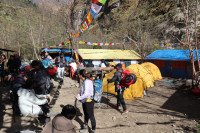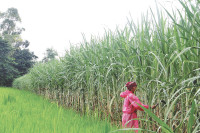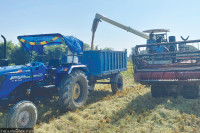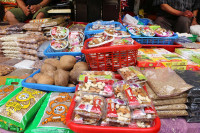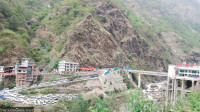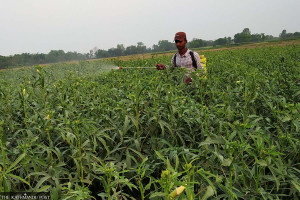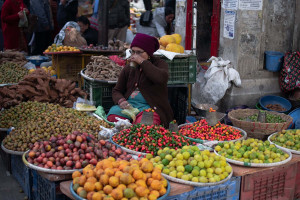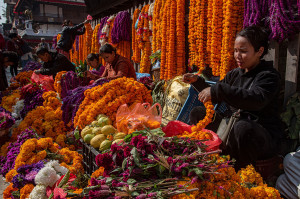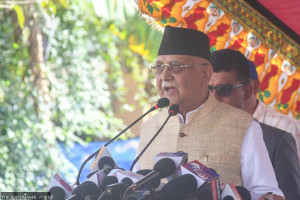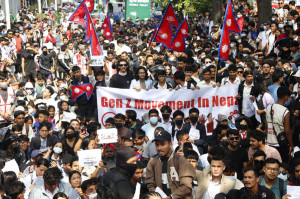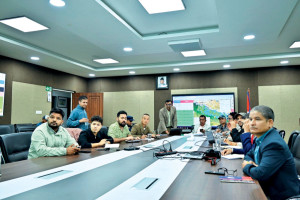Money
Paddy plantation at over 95 percent, fastest in recent years
Paddy transplantation has been completed on more than 95 percent of the 1.55 million hectares of available paddy fields as of Monday, the fastest transplantation rate recorded in recent years, officials at the Agriculture Ministry said.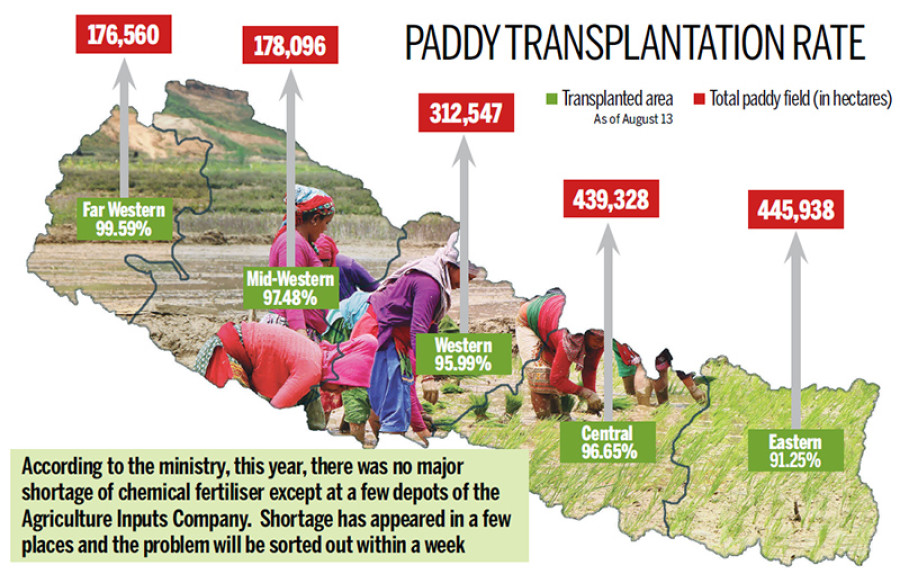
Paddy transplantation has been completed on more than 95 percent of the 1.55 million hectares of available paddy fields as of Monday, the fastest transplantation rate recorded in recent years, officials at the Agriculture Ministry said.
As timely transplantation, along with sufficient rainwater and proper use of fertiliser are essential for improving plant growth, officials are expecting record harvest this year, provided there are no floods and inundation until the month of mid-September.
During the same period last year, transplantation was completed on 87 percent of paddy fields. There has been no flooding and submergence in key producing areas and for this reason, the ministry expects 100 percent of paddy acreage to be planted this year.
“The monsoon has been favourable from the start and has been good during the second half of the season,” said Tej Bahadur Subedi, spokesperson of the ministry. “It’s good for crop productivity as sufficient rainwater increases yields,” he said, adding that it’s too early to estimate the amount of paddy the country will produce this year. “For the preliminary projection of paddy output, we have to wait until the first week of October.”
The consensus statement from the 12th session of the South Asian Climate Outlook Forum (Sascof) says most of South Asia, including Nepal, is most likely to receive a normal rainfall during the monsoon, which extends from June to September. Nepal’s monsoon irrigates more than half of the country’s farmland.
According to Subedi, this year, there was no major shortage of chemical fertiliser except at a few depots of the Agriculture Inputs Company — supplier of fertiliser. “Shortage has appeared in a few places and the problem will be sorted out within a week as fertiliser consignment from Visakhapatnam Port in India has already released to Nepal,” said Subedi.
He said that first dressing of paddy crop that normally begins in 3-4 weeks of transplantation would require fertiliser. According to the ministry, the transplantation rate is higher in the far western region with 99.59 percent of the total 176,560 hectares planted.
Likewise, the transplantation rate in the mid-western and western regions have been recorded at 97.48 percent of the 178,096 hectares and 95.99 percent of the 312,547 hectares respectively.
According to the ministry, the transplantation rate in the central and eastern regions have been recorded at 96.65 percent of the 439,328 hectares and 91.25 percent of the 445,938 hectares respectively. The ministry’s statistics show that paddy transplantation in the mountain region has been completed on 96.26 percent of the 58,158 hectares while in the hilly region, the rate is 94.10 percent of the 399,675 hectares.
In the Tarai, paddy transplantation has been completed on 95.83 percent of the 1.09 million hectares of paddy fields.
The Tarai, which is the major paddy producing region in the country, contains 71 percent of the rice fields. The hilly region contains 25 percent and the mountain region 4 percent. This year, the monsoon entered Nepal on June 8, two days before the normal onset date. The summer paddy output dropped 1.5 percent to 5.1 million tonnes in the last fiscal year due to the floods.




 19.12°C Kathmandu
19.12°C Kathmandu